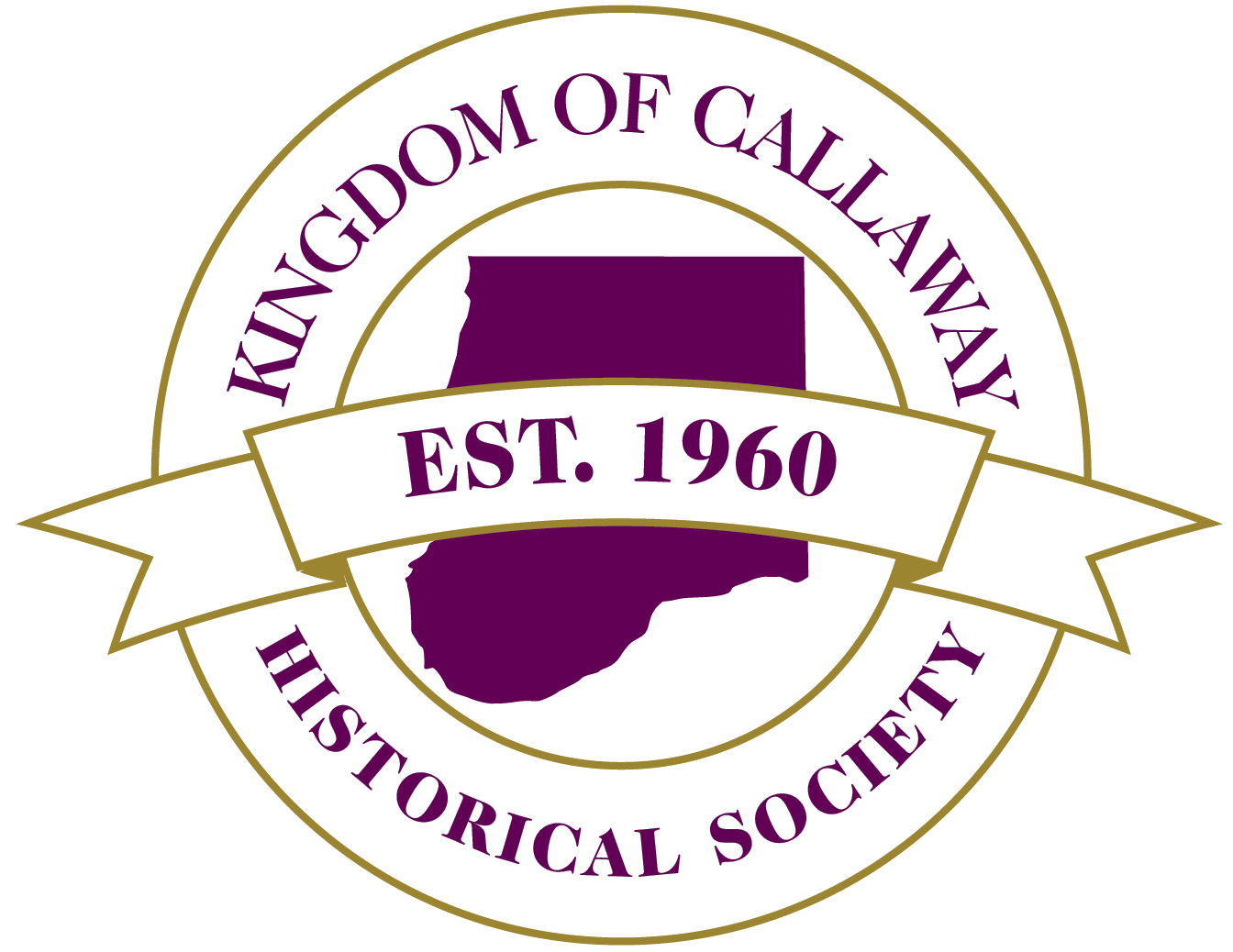William Woods University
In 2020, William Woods University is celebrating its sesquicentennial. In 1870, the Christian Church of Missouri founded the Female Orphan School in Camden Point to care for girls orphaned during the Civil War. After a fire in 1889, the church decided to relocate the school. Several communities expressed interest, but Fulton made the best offer: $56,000 and land donated by Daniel M. Tucker who had previously donated several acres to the Synodical College. The school resumed operation in the fall of 1890 and began to accept female students who had not been orphaned by the war, expanding its offerings to include courses for young women wanting to become teachers.
At the beginning of the new century, the school was briefly called Daughters College until it was renamed William Woods in honor of Dr. William Stone Woods whose generosity paid off the debts of the struggling institution. In 1914, William Woods officially became a two-year college, with an emphasis on teacher training.
In 1962, William Woods College was accredited as a four-year undergraduate institution. Westminster and William Woods developed a cooperative program that enabled students from each school to enroll in classes at the other and allowed the colleges to avoid duplicating resources, especially in more expensive advanced courses. Faculty from one campus often taught classes at the othe. The libraries integrated their catalogs and coordinated ordering for the benefit of both institutions. By the mid-1970s, the colleges had established thirteen joint majors and as many as 300 students from each college enrolled in courses at the other school. Westminster students could receive a Bachelor of Fine Arts or teacher certification taking much of their advanced coursework at the Woods.
After the unexpected announcement that Westminster would begin accepting female students in the fall of 1979 – a decision that officials at William Woods believed to be in violation of the Cooperative Agreement, the cross-enrollment program continued, but was much weakened and saw increasing restrictions. It ended in the mid-1990s and William Woods became a co-ed institution in 1997.
In 1990, William Woods welcomed its first woman President, Dr. Johnae Barnett. Under her leadership, the college began offering on-line and evening graduate programs in Business and Education tailored to meet the needs of working adults. With the addition of graduate degrees, William Woods College became William Woods University.
The building featured in this week’s postcard is the William S. Woods Academic Building, commonly called the Academic Building by students. The three-story brick structure that houses classrooms and offices was completed in 1921.
The bridge and lake in the foreground play an important role in one of the Woods’ longest traditions, the Ivy Chain Ceremony. When freshmen arrive on campus for their first semester, they cross the bridge as part of an ivy chain, marking their entry into the college community. At their graduation, the ivy chain is cut to symbolize the end of their college days and the new life that awaits them. The tradition is believed to have been started in 1899 when members of the graduating class planted ivy on campus.

